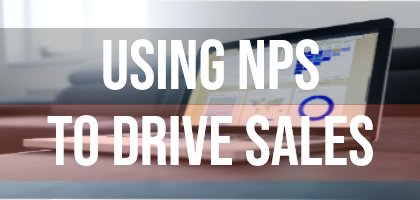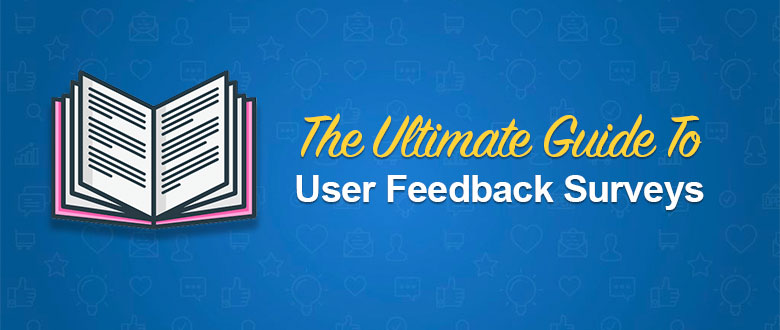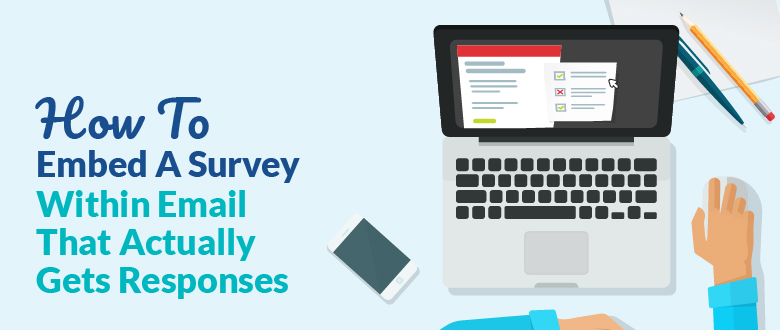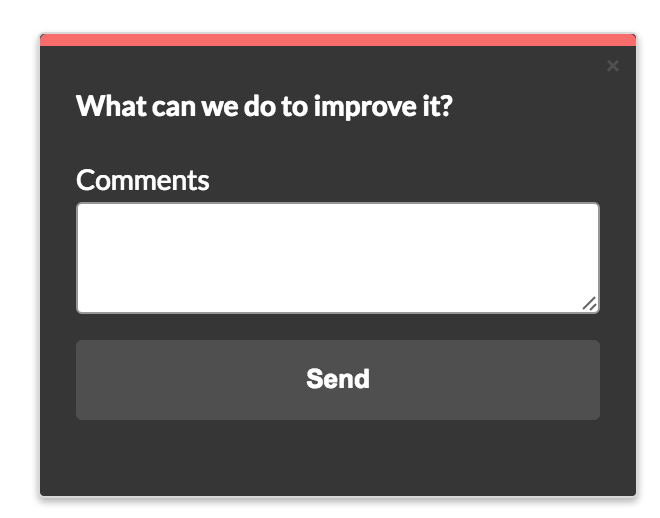Think about all those welcome emails that you receive after opting in for a free e-book or case study. How many of those companies do you actually become a customer of? You need to optimize your welcome emails for new customers to get more engagement (and sales!).
You want to think of them as your “first date”. Most people will most likely open up the first welcome email but may start to fall off the funnel as you send them more. So what can you do to improve engagement? What can you do to keep them in the loop? And most importantly what can you do to ensure that they will become a long term paying customer?
Optimizing your welcome emails for new customers
Let’s briefly run through a few types of welcome emails:
New User Sign Up – This is the welcome email that you send to people when they sign up for your app or product. At YesInsights, we send this immediately as soon as someone signs up for the trial.
Newsletter Subscription – This is the type of email that’s also known as a “thank you email”. These are the types of emails that will thank the lead and usually include a few recent or top blog posts that your company put out.
Free Offer Welcome Emails – These are the ones that will usually come with some sort of freebie. This could be a white paper or a free eBook that is supposed to provide you with more information on the value that the company can create for you.
Personal Outreach – We’ve been seeing a lot of these emails lately from upcoming startups. Most of these are automated emails, but they have a personal touch. It’s usually a personal welcome from a team member.
There are many other different types of welcome emails, but those are the main ones. Let’s go over some best practices for engaging with your new customers through the welcome emails.
Start engaging with your users as early as possible
Remember a welcome email is your first date. You want to start talking to your customers as early as possible and start engaging with them. This is the welcome email we use at YesInsights :
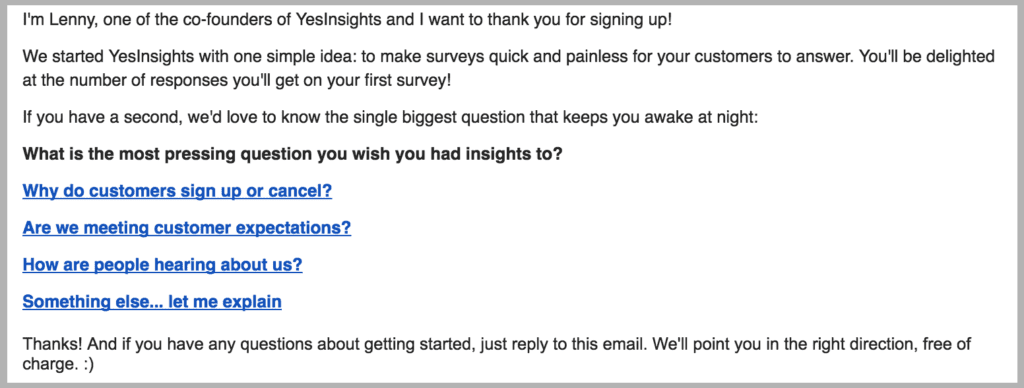
The first thing we do is give a brief introduction of ourselves. We give them a quick story behind our app and the reason behind why we built in. Think about the last time you went on your first date. What happens after you guys greet each other? The first thing that happens after the greeting is usually a brief introduction of what both of you guys do. Neil Patel talks about the importance of storytelling in his online marketing guide. Keep the story short, but make sure it hits the point.
The next thing we do is start engaging in a conversation. We ask them a quick question and try to get a conversation going. We do this by using a one-click inline email survey.
There are 4 big advantages of using inline email surveys:
- It feels like a natural part of your email content
- Customers can respond painlessly with one click
- You don’t have to send extra emails asking leads to take a survey
- It’s literally the most scalable, yet nonintrusive way to get customer intel.
And if you ask the right questions, you can actually get people to recommend your product even if they never convert to a paid customer. It’s very powerful.
Most welcome emails from software companies are simple. They include a generic thank you and don’t provide any value. These won’t help you build a relationship with your customers. Generating a conversation early on is crucial for your upcoming emails.
You want to make sure that you ask questions that relate to their pain points. For example, say you’re selling a lead generation software. It would be wise for you to start with a question along such as, “How are you finding your leads now?” This allows you to narrow down and segment the pain points of the different users and help you to make a better approach for your next marketing steps.
This onboarding email receives 60% response rate for everyone that opens the email.
Keeping your promise and setting clear expectations
Keeping your promise is important in business. If your site is offering a free e-book in exchange for the user’s email, then you must keep your end of the bargain and send them their eBook right away.
Clarity about your identity and intentions will remove extra mental work to determine whether you’re trustworthy. This includes everything from reiterating your mission in the message copy to what email address and from name you use. Remember it all goes back to making an impressive first impression. You’re on your first “date” after all.
The goal with welcome emails is to build trust in the beginning that compounds throughout your other sequences. Users are more likely to open the later emails in your drip email sequence if they trust you. And keep it friendly! They’re more likely to trust you if they like you 🙂
Set the stage for what’s going to come next. Describe the kinds of articles and frequency to expect. Or guide new users towards next steps and explain why that will bring them closer to their goals. Remember, your customers’ success is your success.
At this stage, you don’t want to over-promote or oversell. It’s all about educating and building trust at this point. Set clear expectations.If you wouldn’t do it on your first date, you shouldn’t do it in your first email. Take a look at the example below from Drip:
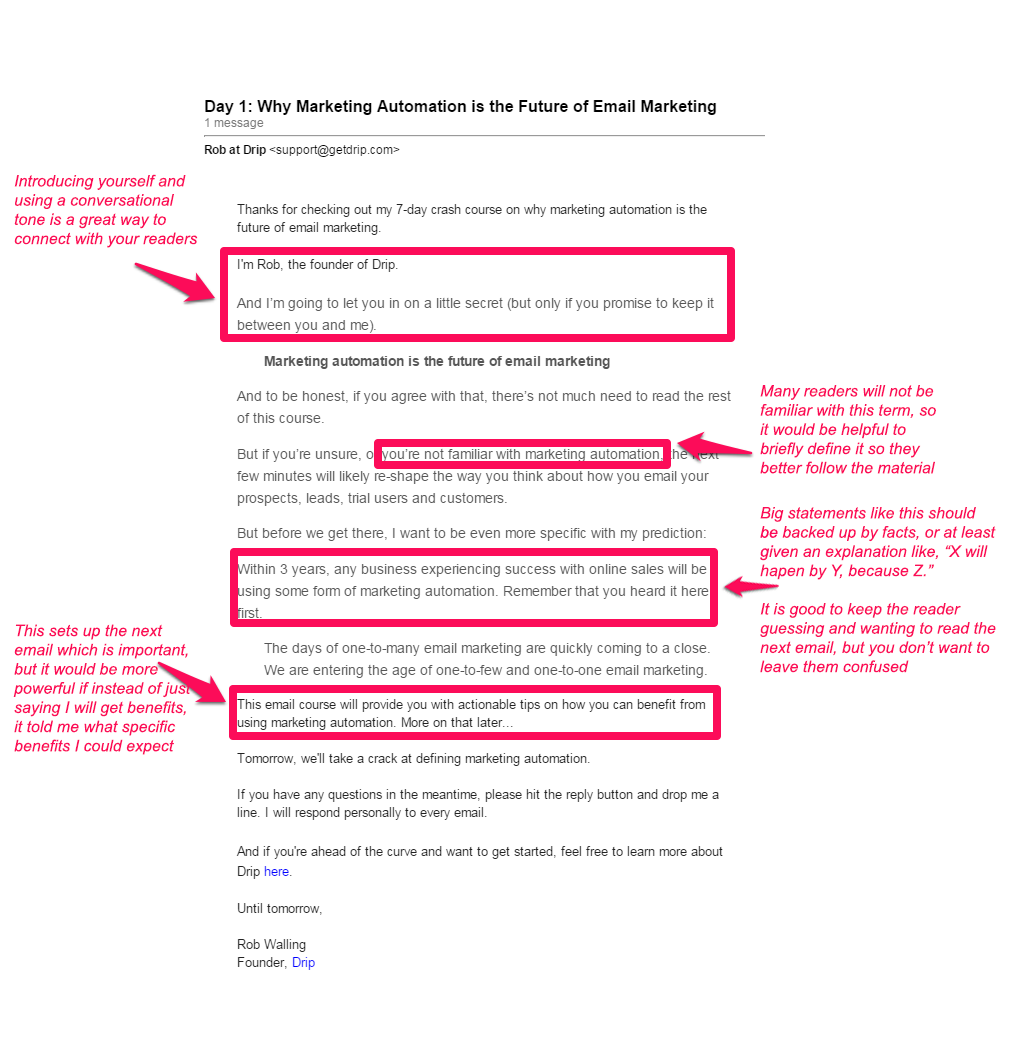
Notice how Rob Walling keeps the reader guessing and sets clear expectations on what they’ll be receiving next. It’s like your favorite show on Netflix. They set cliffhangers at the end of the show for a reason, to ensure that the viewers will come back for more.
The biggest take away from the picture above is telling the user their benefits as well as what values they will be receiving next.
Use a real name instead of no-reply
Using a real person’s email address instead of no-reply is more persuasive. Remember how we talked about building trust? New users and subscribers won’t really know your name. Matter of fact they might not even know a lot about your product or company. A personal touch is a great way to kick things off. Notice how Rob Walling introduced himself in the welcome email picture above and notice how my co-founder Lenny introduced himself in our welcome email as well.
Take a look at this one:
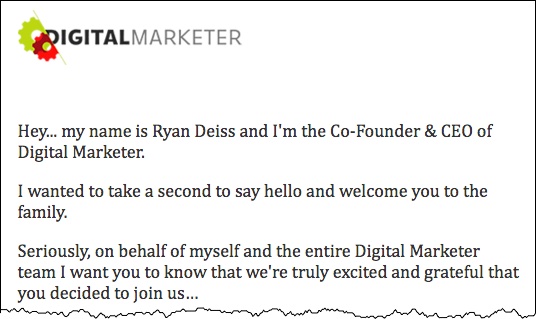
This is perfect! This email is coming directly from the CEO instead of a no-reply email. You betcha the new leads feel valuable after the CEO reaches out!
Further, no-reply emails tend to have a much lower engagement rate compared to an email coming from someone from the company’s team. Many times your leads will never even see your emails due to your email provider’s spam settings.
Using your real email address means they are less likely go to the spam folder. You should include the user’s name in the email. We know this isn’t always possible especially if you’re using a simple opt-in form. However, if you do ask for their name, then take advantage of it to increase engagement.
Have a good subject line
Subject lines are important because it is what captures the user’s attention. You have to put yourself in your customer’s shoes. They probably receive hundreds of emails every single day, so you must attract them with a good subject line prior to them even opening your email. You can have the best email context in the history of emails. But without a good subject line, your welcome emails won’t even be opened so they can read your masterpiece! Make your subject line something that people want to click on!
Some companies put “Welcome” in the subject line so their email is easily identifiable.
“Research indicates some of the most popular words in subject lines that get opened include: sale, thank you, welcome, new, daily, weekly, alert, bulletin, video, and any type of personalization,” says content marketer Pam Neely.
You want to soar for a minimum of 65% open rate for the first email especially if it’s a drip course or a SaaS product. Putting some type of personality in the subject line is a great way to ensure that the users open your email.
Don’t be afraid to add some humor to the subject line. Here are some examples of funny subject lines:
- OpenTable: Licking your phone never tasted so good
- Move Loot: Seat Your Heart Out
- Travelocity: Need a day at the beach? Just scratch n’ sniff your way to paradise…
- Uber: Since we can’t all win the lottery…
- Overstock: Seriously. We’d like to thank you.
- Grubhub: Last Day To See What This Mystery Email Is All About
- Refinery29: 10 bizarre money habits making Millennials richer
- Groupon: Deals That Make Us Proud (Unlike Our Nephew, Steve)
- Eater Boston: Where to Drink Beer Right Now (Sent at 6:45am on a Wednesday)
- Fabletics: Your Butt Will Look Great in These Workout Pants
- Edgevale: Get In Our Pants
As always, you want your email content and subject lines to be diverse. In other words, you don’t have to make your contacts laugh with every email. It’s just another tactic to have in your marketing toolbox.
Educating your users
Whether you are trying to convert a trial user into a paying user or trying to sell them a digital product, you have to educate your users. There are a lot of ways to educate your users and you should have a different approach depending on your end goal and your product.
For example, if you’re selling a SaaS product with a 7-day free trial, then you know for sure that you have 7 days to engage with the user. During these 7 days, you want to constantly check in with your user to identify their pain point and usage. This is where one-click surveys come into use.
If you are offering a free course for your product, then you need to keep the users educated with more and more resources. A great way to do this is by including more relevant or popular blog articles in your future drip emails, but you can also include them in your welcome email.
Zapier does an awesome job with their blog opt ins:
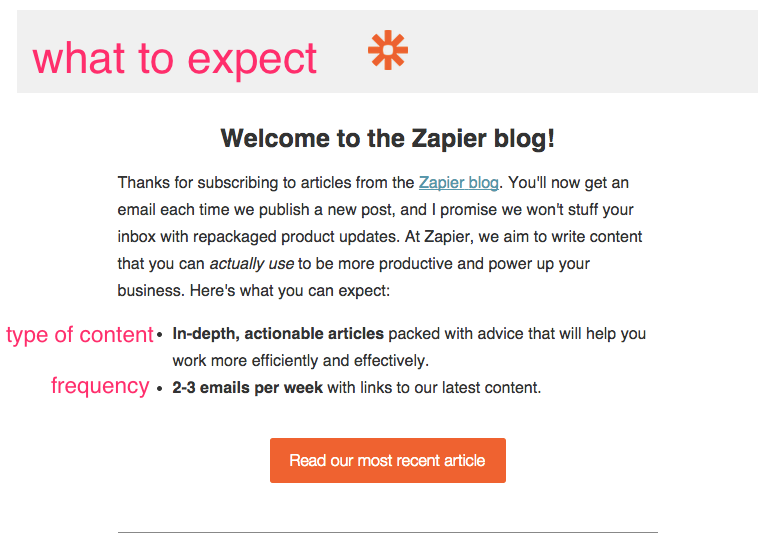
Notice how Zapier not only sets clear expectations on what you will be receiving from them, but they also set a clear expectation of how many emails you will be receiving from them a week.
In addition to that, including popular blog articles is another great way to attract users back to your site.
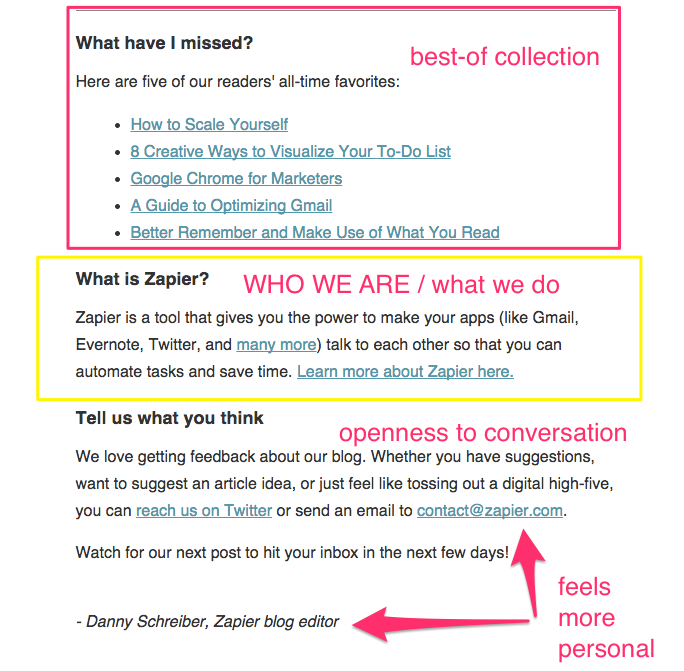
Key Takeaways
- Engage with your users early on by talking with them and narrowing down their pain points.
- Using a real person’s email address instead of no-reply is more persuasive
- Be clear with your expectations and the value that the user will receive from using your app or subscribing to your newsletter
- Keep the momentum going by educating your users throughout the email sequences
- Keep your promises
If you’re looking to increase paid conversions or improve your onboarding emails by engaging more with your users check out YesInsights and sign up for our free trial!

